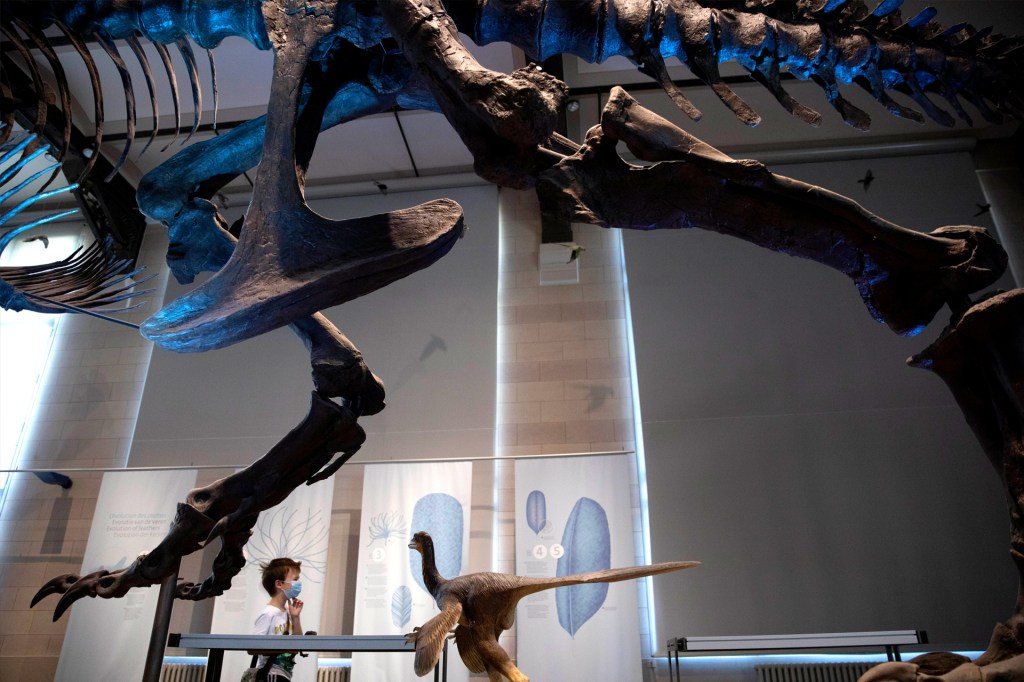Museums Closed

About one in eight museums worldwide is at risk of permanently closing because of the COVID-19 pandemic. That’s according to the United Nations Educational, Scientific, and Cultural Organization (UNESCO) and the International Council of Museums (ICOM).
“It is alarming data that we are giving,” Ernesto Ottone Ramírez says. He’s assistant director-general for culture at UNESCO. The pandemic has forced about 90% of the world’s museums to close. That’s about 85,000 museums. Some are starting to reopen. Others may never be able to. After being closed for months, “they have no revenues,” or income, Ottone Ramírez says. Popular museums in Europe have lost up to 80% of their income.
The Museum of Fine Arts Ghent, in Belgium, had to close an exhibit of paintings by Jan van Eyck, an artist from the 15th century. The exhibit won’t reopen, since the paintings must be returned to their lenders.
The Louvre, in Paris, France, is the world’s most visited museum. It is home to the Mona Lisa, by Leonardo da Vinci. As of May 20, the museum remains closed. This comes even after France eased lockdown restrictions on May 11. The Uffizi, in Florence, Italy, is also closed. Even when these institutions do reopen, it’s not clear whether tourists will return.
The situation is especially tough in Latin America. There, Ottone Ramírez says, 99.4% of all museums are closed. “So you have a continent that doesn’t have anything open,” he says.
Reopenings in Europe, however, offer a glimmer of hope. In Berlin, Germany, 10,000 visitors trickled into several museums over the past week. That’s close to half the usual numbers.
World leaders are showing their support. Sophie Wilmès is the prime minister of Belgium. On May 19, she toured the Bozar Centre for Fine Arts, in Brussels. She encouraged others to do the same. “[We have to] show that [museums] are open again and that people can come back here in complete safety.”












